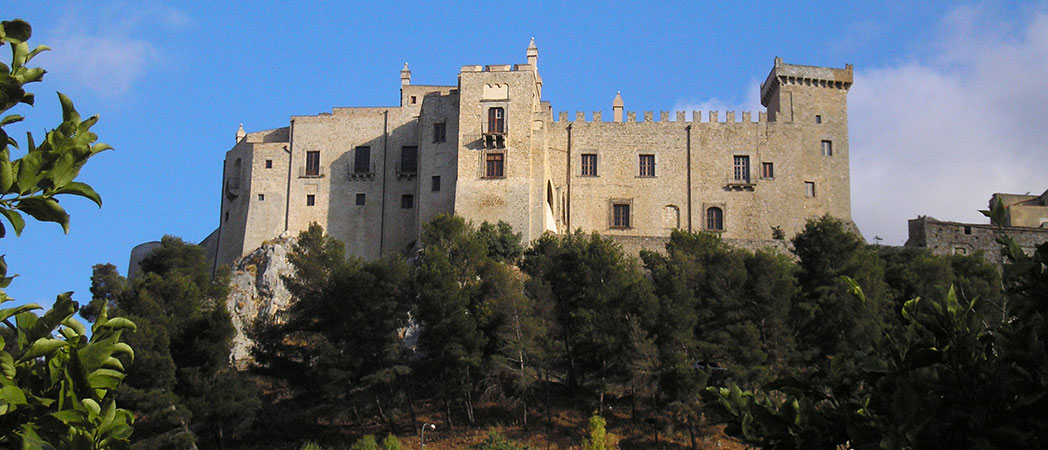
The name Laura Lanza di Trabia for the majority of people will not mean anything, but if we talk about the Baroness of Carini, many will think of a story that has captured the attention of many people over the centuries.
A story where many have expressed their opinion and where many have carried out research to confirm what was reported in the chronicles of the time. First of all, it must be clarified that this is not a fanciful story but an event that actually happened even if someone has tried to enrich it to the extent that in some situations the facts have even been subverted.
Towards the end of the XNUMXth century a anthropologist, Such Joseph Salamone Marino, published a little book entitled "The bitter case of Signora di Carini” who narrated stories and legends that he had collected on this subject where it was said that the beautiful and young Baroness of Carini, was found both by her husband Baron of Carini Vincenzo La Grua and by her father Don Cesare Lanza Baron of Trabia, in the company of her lover. To save the honor of the family the two lovers were killed and it was the first honor killing.
The facts of the history of the Baroness of Carini
The facts described by the anthropologist, however, have several defective points. Let us remember that this is a story dating back to December 4, 1563 and therefore, almost impossible to objectify the story. Historian Alberto Varvaro says that the Baroness of Carini was 34 years old at the time and for 16 years she had had a relationship with Ludovico Vernagallo, her husband's cousin who was also the father of eight children she had. This element seems to be true since her husband Vincenzo La Grua seems to have been sterile so much so that, after the incident, he disowned them and got married again having some parts of the Castle and deleting anything that could remind him of his first wife without renouncing the bloody footprint left by the Baroness.
The reasons for the honor killing
Another scholar, however, says that it was not an honor killing but a murder caused for economic reasons. It seems that the father of the Baroness di Carini, Don Cesare Lanza, had a large debt contracted with Vernagallo and in order not to pay, he thought well of eliminating his creditor and that to make the story credible, he was also forced to kill his daughter.
Even Don Vincenzo La Grua would have had advantages in eliminating his wife's lover as he would have had the right to take half of his estate just as Lanza would have got his dowry back after the killing of his daughter for matters of honor. From this double convenience it is possible to understand the reason why the official version was created which foresaw a betrayed husband and a dishonored father.
It should be kept in mind that we are talking about two important families of the time who had no difficulty in imposing their truth while it is known that there is a confession letter written by Lanza to Philip II of Spain and preserved in the Mother Church of Carini. In the writing, Lanza says that he went to visit the castle and found his son-in-law the baron, who was very angry having found his wife and her lover in the bedroom. So, moved by evident indignation, in the company of his daughter's husband, he reached the bed where the betrayal had taken place to kill the two lovers.
Even if the Viceroy had strong doubts, Don Cesare Lanza was acquitted.
The mortal remains of the Baroness of Carini
According to local tradition, inside the Mother church of Carini, under the high altar is the crypt of the Le Grua family where the Baroness would be buried. But there is also another hypothesis which says that the mortal remains rest in the Church of Santa Cita in Palermo, in family crypt of the Lanzas. This hypothesis is supported by the fact that under the father's tomb there is an anonymous sarcophagus bearing the family crest and the statue of a young woman who is believed to be his daughter Laura. Strange though that if all were true, the murderous father of her daughter, her face to bury beside her grave.
Definitely the history of the Baroness of Carini, although five centuries have passed, it is still very current, so much so that it could be included in one of those specials dealing with crimes that regularly appear on TV. Was it revenge or simply a convenient solution for the perpetrators of this double crime?
© Image by Maru1956, CC BY-SA 4.0, via Wikimedia Commons









